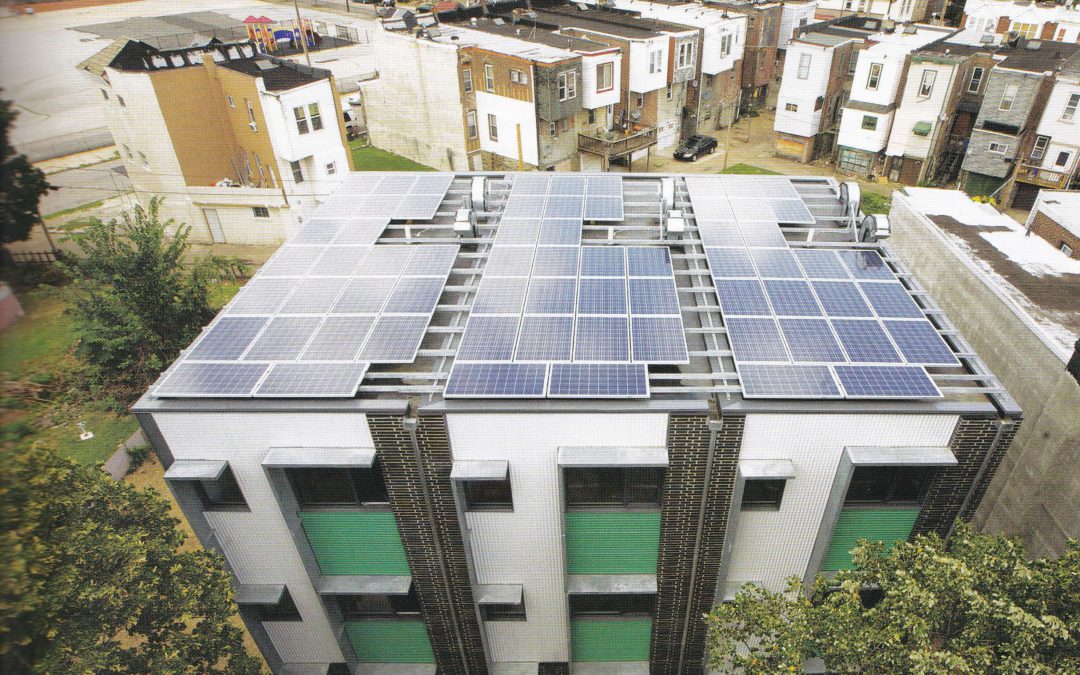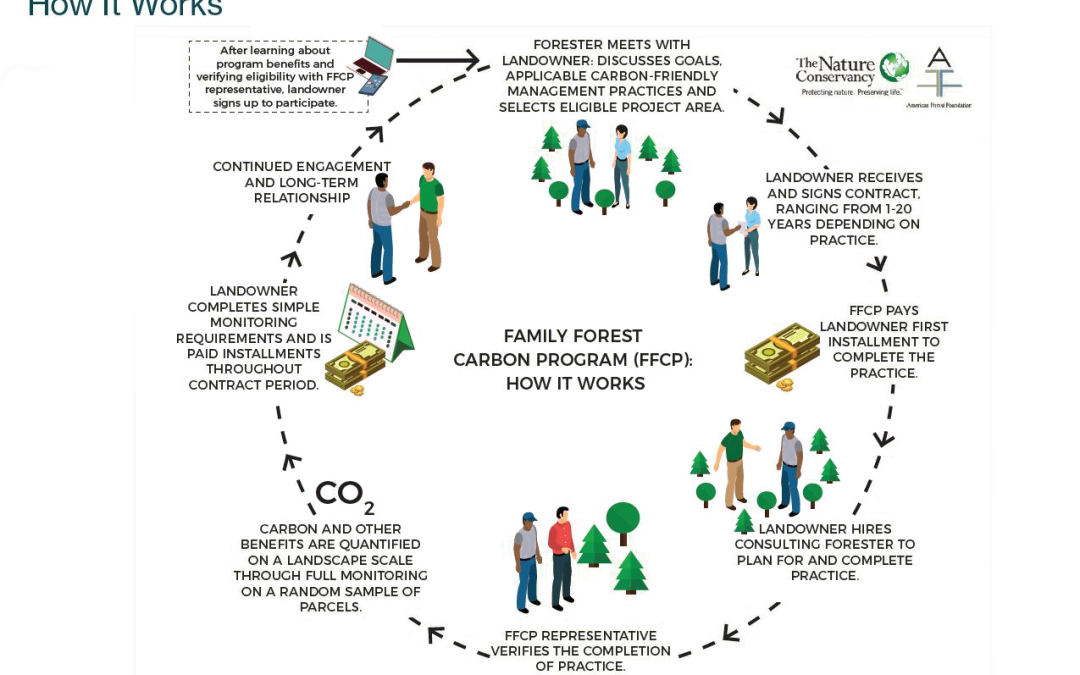
by William | Sep 9, 2020 | Healthy Living, Net Zero, Passive House, Prefabrication, Small Footprint
I swear, Onion Flats does it all. They do architecture. They do development. They do construction. They even do green roofs totally decked out with solar panels. They do all of this with sustainability in mind. They are utterly revamping Philadelphia, Pennsylvania to be a hub for Passive House and Net Zero readiness. Their primary goal is to reduce the operational carbon footprint of their buildings, while also admitting that embodied carbon in buildings will need to be considered if we really want to reach a sense of stable sustainability. And not only do they have a heart for green building and design…but they also have a heart to share it with our low-income, swept-under-the-carpet communities. They are physically building a world where sustainability should not just be “for the rich.”
Their completed project, Belfield, is the primary example I, personally, really want to look at. They have other incredible projects in Philadelphia which I strongly encourage you to take the independent, personal initiative to check out! But since I’m the one writing this blog, I am writing about Belfield.
The Belfield Townhomes development was Onion Flats’ first in just about everything. It was their first build from the ground-up, their first certified Passive House (PHI), and it was their first experimental prefab project. Firsts are scary. And they are even scarier when you have a time crunch. In order to qualify for federal funding, they had to design and build the modular Passive House townhomes in five months. Five months.
But the initiative was there. The townhomes were intended for “formerly homeless and low-income families” supported by the Philly non-profit, Raise of Hope. Environmentally friendly, affordable, healthy homes for the homeless…Onion Flats was all in.

by William | Jul 29, 2020 | Healthy Living, Net Zero, Small Footprint
William and I have been on the property hunt lately, and we have had the opportunity to walk quite a few. We are looking for a wooded piece of land here in our rural county in Central Pennsylvania. Growing up here, we know some of the more productive places to look: certain southern facing properties on mountain ranges, down by certain creeks, away from certain roads. One hard reality that we are witnessing is that many of these properties have either already been logged, or they are old growth forests with trees preemptively marked to be logged.
As I have expressed in “Is CLT Sustainable?”, wood is a beautiful, sustainable resource which has many beneficial uses. We intend to use an incredible amount of it in our own home. However, we should be harvesting our woods in a way that does not have a greater negative impact on forests’ health. Some of the properties William and I have witnessed were devastating. You could tell that ‘low environmental impact’ and ‘sustainable harvesting and regeneration of trees’ was not in the plan when these certain forests were torn through.
After witnessing these properties, it was of even greater discomfort to walk through old growth forests (where there are tons of really big trees), and see all of the spray paint markings on trees to be taken down. Many property sellers do this as a courtesy for potential buyers. The prospective buyers can see what money making trees will help them recuperate some of their economic loss after paying for the property itself. This is a common path many rural land buyers pursue, especially when land is expensive and incomes are low. When over 70% of Pennsylvania forests are privately owned, the treatment of those forests becomes highly significant.


